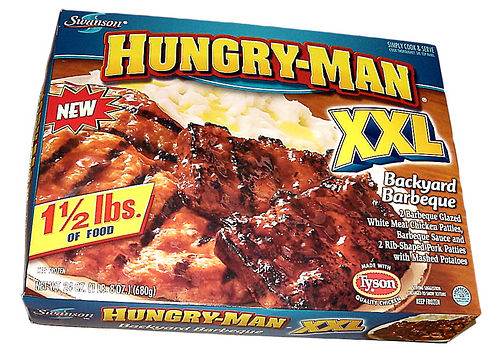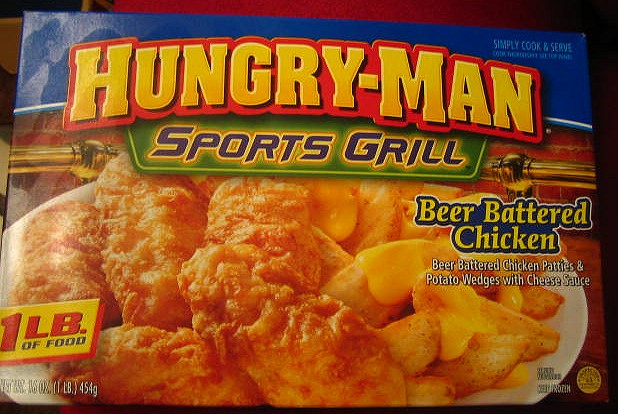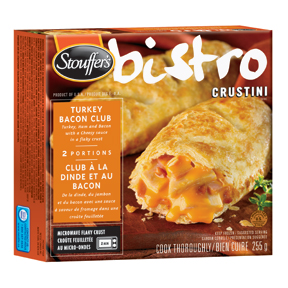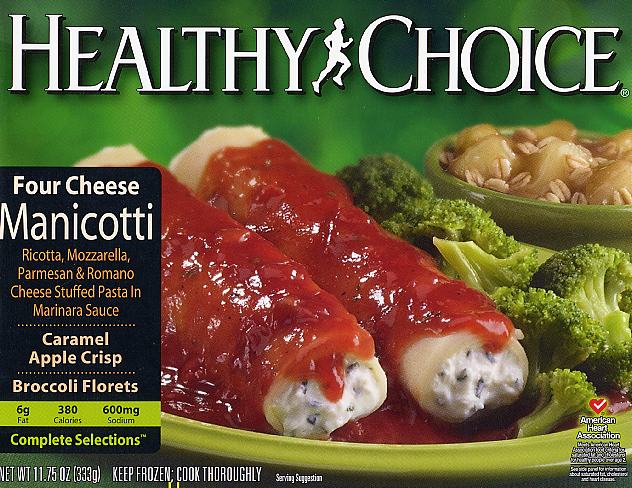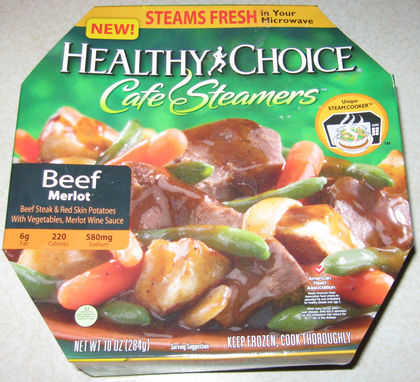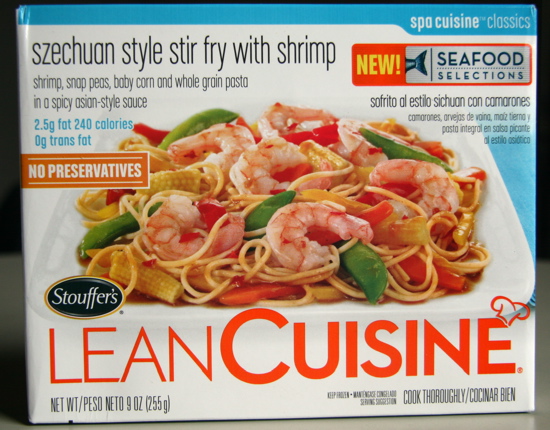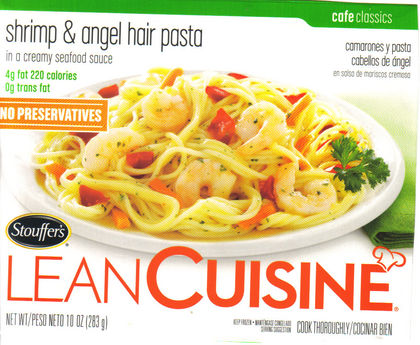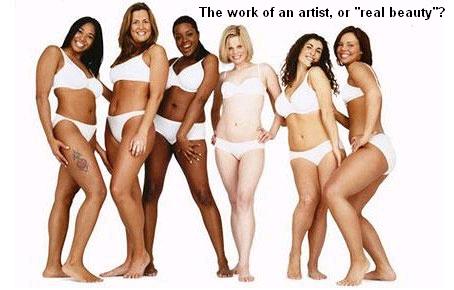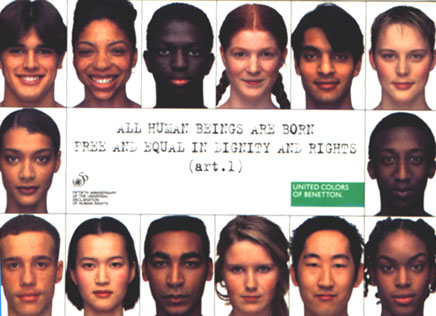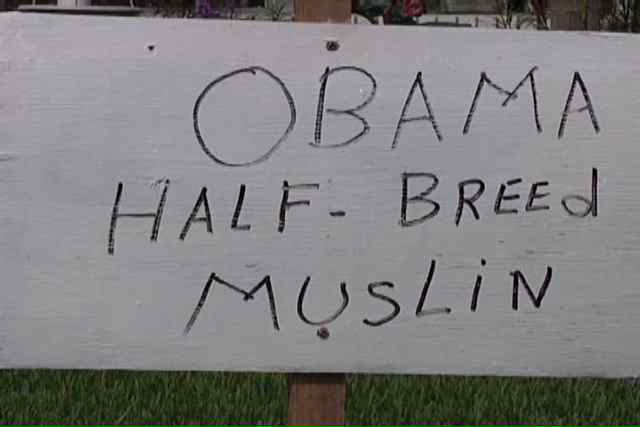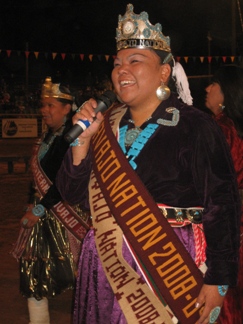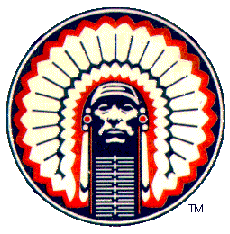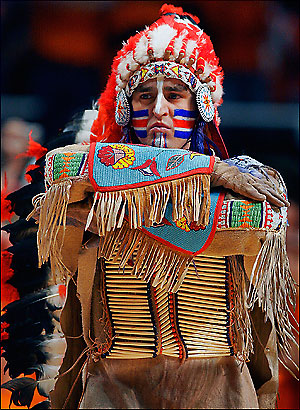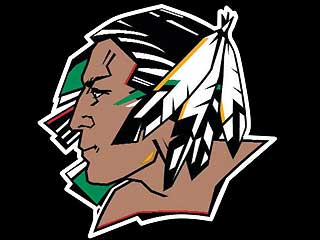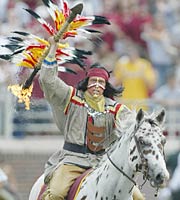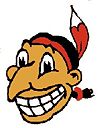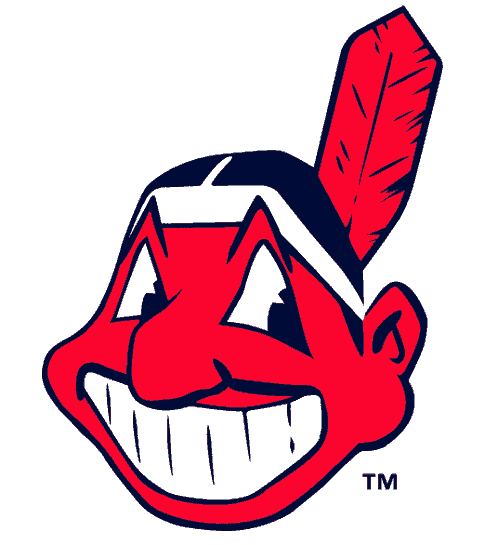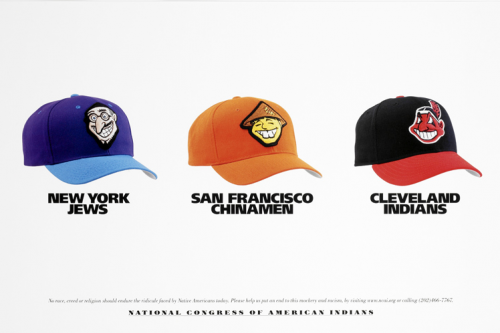I use TV dinners to show my students that nearly everything, even things they’d never expect, are awash in race, gender, and class meaning.
Hungry-Man is probably the most obviously meaning-laden of the TV dinners. It is aimed directly at men, of course, with one and a half pounds of food, an excellent blue box, and a strong font in all capital letters. But it also advertises a particularly working-class masculinity. In these two boxes, notice the references to “backyard barbeque” and “sports” (XXL). The food itself, barbeque chicken and pork, mashed potatoes, and beer battered chicken, reinforces this class message. But this is also about race, as the working-class masculinity is implicitly white.
Stouffer’s, in contrast, is more moderate. The font for the brand is cursive, for the meal in lower-case. Without being over the top, it still passes as masculine.
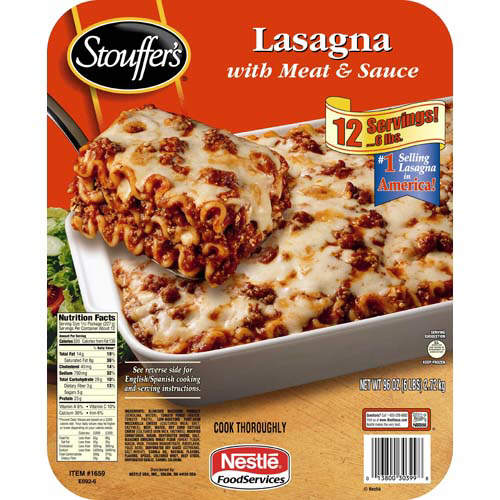
Stouffer’s bistro, in contrast, is a feminine version. References to a “bistro” makes you think of France (a notoriously feminized country) and the meal here is a “crustini” (something a “real” man would never eat).
Healthy Choice seems to go further towards neutralizing its brand. The green color is neutral and using the term “healthy,” instead of “diet” or a similar word, keeps the brand from being too feminine. Plus, there’s a running MAN in the logo. Still, there’s a feminine feel to the food choices. The first meal is “Roasted Chicken Marsala… in Wine Sauce with Penne Pasta [and] Green Bean and Red Pepper Medley.” The second includes “Caramel Apple Crisp” and “Broccoli Florets.” Descriptions of truly manly food would not include “wine,” “medley,” “crisp,” or “florets.”
The Cafe Steamers sub-brand further feminizes Healthy Choice. Notice the cursive font and the double reference to “merlot.”
Lean Cuisine is the most feminized brand. Between the turqoise and orange color scheme, the reference to slimness with the word “lean,” and the delicate all lower-case font on the boxes, the fact that the product is aimed at women is clear. There is also a class message. Who eats “Szechuan Style Stir Fry with Shrimp”? Not the same guy that eats “Backyard Barbeque.”

